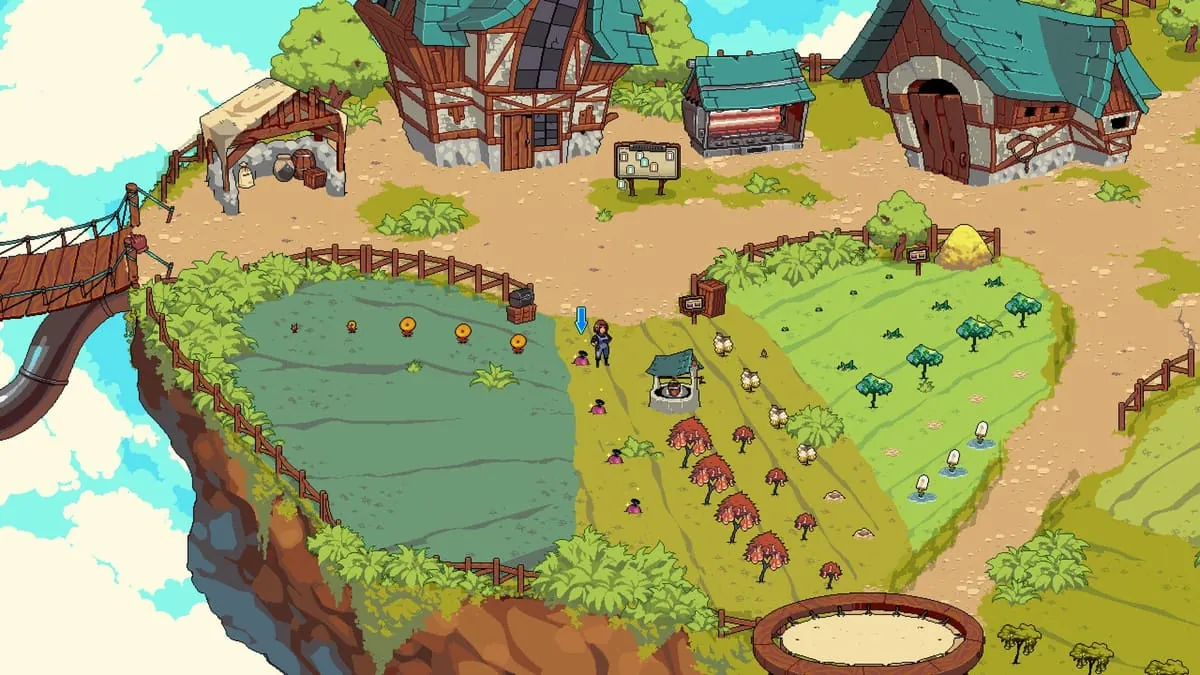
S.H.E.L.T.E.R. – An Apocalyptic Tale
Play S.H.E.L.T.E.R. – An Apocalyptic Tale
S.H.E.L.T.E.R. – An Apocalyptic Tale review
Explore the immersive post-apocalyptic visual novel experience of S.H.E.L.T.E.R.
S.H.E.L.T.E.R. – An Apocalyptic Tale stands out as a captivating post-apocalyptic visual novel that blends survival storytelling with rich character interactions and multiple romance paths. This game offers players an engaging narrative set in a dystopian world where every decision shapes the outcome. Whether you’re a fan of immersive storylines or complex character dynamics, S.H.E.L.T.E.R. delivers a unique experience filled with choices, romance, and replayability that keeps players coming back for more.
Immersive Story and Setting in S.H.E.L.T.E.R. – An Apocalyptic Tale
Stepping into S.H.E.L.T.E.R. – An Apocalyptic Tale feels less like starting a game and more like waking up in a new, terrifyingly plausible reality. I remember my first session; the initial silence of the bunker was so profound I could hear my own heartbeat, a sensation few other titles have managed to evoke. This isn’t just another end-of-the-world scenario—it’s a meticulously crafted experience where every creak of metal and every strained relationship pulls you deeper into its world. The S.H.E.L.T.E.R. game story is the undeniable heart of this experience, a pulse you feel from the very first decision you’re forced to make. 🎮
As a fan of the genre, I’ve seen my share of ruined cities and zombie hordes, but this post-apocalyptic visual novel carves its own unique space by focusing on the human drama unfolding in the claustrophobic confines of a single shelter. The brilliance lies not in the scale of the destruction, but in the intimate portrait of survival.
What Makes the Post-Apocalyptic World Unique?
Forget sprawling open worlds for a moment. The genius of this dystopian game setting is its focus. The world outside is a lethal, unknown quantity, but the true battlefield is inside the shelter’s steel walls. The atmosphere is thick with tension—not from monsters at the gate, but from the quiet desperation of your fellow survivors. You’re not a superhero; you’re a manager of frayed nerves and dwindling resources. 😥
The environment tells its own story. A flickering light isn’t just a graphical effect; it’s a reminder of the failing power grid. A whispered argument in the corridor isn’t background noise; it’s a potential catalyst for a full-blown mutiny. This is a world built on subtle details that create a powerful sense of place. You feel the weight of every can of food and the consequence of every strained interaction.
Pro Tip: Pay close attention to the background art and character animations. They often reveal hidden anxieties and relationship dynamics long before a character voices them.
The S.H.E.L.T.E.R. game story is deeply interwoven with this setting. The shelter itself is a character—a fragile, metal womb that both protects and suffocates. Your understanding of this space, its hidden corners, and its logistical nightmares is central to your survival strategy. This isn’t about looting and shooting; it’s about fostering a community on the brink of collapse, making the immersive storytelling game elements feel intensely personal.
Narrative Depth and Player Choices
This is where S.H.E.L.T.E.R. – An Apocalyptic Tale truly shines. The S.H.E.L.T.E.R. narrative depth is staggering, built on a foundation of meaningful S.H.E.L.T.E.R. player choices. Early on, I faced a dilemma that has since become a classic example among players: a sick child and a desperate mother are begging for medicine. Your stockpile is critically low. Do you risk your group’s long-term health for one life?
I chose to hoard the medicine. The immediate gratitude from my group was palpable, but the narrative cost was immense. The mother’s despair turned to a cold, simmering hatred. Chapters later, that same character actively sabotaged a food run, citing my “lack of humanity” as her reason. My pragmatic decision had sown a seed of dissent that nearly destroyed us all. This is the power of the S.H.E.L.T.E.R. game story; your choices aren’t just logged, they live and breathe within the narrative. 😲
The game masterfully avoids simple “good vs. evil” binaries. Every S.H.E.L.T.E.R. player choice is a complex trade-off, often pitting logic against morality, and the immediate needs of the individual against the long-term survival of the collective.
Here is a simple breakdown of how a single early-game choice can create vastly different outcomes:
| Your Choice | Immediate Consequence | Long-Term Narrative Ripple |
|---|---|---|
| Share scarce medicine with an outsider | Your group’s morale drops; resources are strained. | The outsider becomes a loyal, skilled ally who later saves a key character. |
| Deny the medicine to protect your group | Group morale gets a small boost; resources are secure. | The outsider’s group becomes a hostile faction, ambushing you later. |
| Attempt to negotiate a trade | A tense mini-game or skill check is triggered. | Opens a new, neutral trade route, but consumes valuable time. |
This level of consequence is what gives the title its incredible game replay value post-apocalypse. You’re not just playing to see a different ending screen; you’re playing to explore an entirely different narrative pathway, discovering new character backstories and faction dynamics you missed the first time. The S.H.E.L.T.E.R. narrative depth ensures that no two playthroughs ever feel the same. 🔄
How the Setting Enhances Player Engagement
The immersive storytelling game mechanics of S.H.E.L.T.E.R. are successful precisely because the setting and story are one and the same. You aren’t just told that the world is dangerous; you feel it in the way characters jump at sudden noises. You aren’t just informed that trust is a luxury; you experience it when a character you confided in uses that information against you. This direct link between environment and emotion creates a powerful feedback loop that demands your investment.
I became genuinely attached to my motley crew of survivors. Their joys felt like my victories, and their losses hit me hard. When a character I’d spent days building a rapport with tragically died due to a supply run I authorized, I had to put the game down for a bit. That’s real emotional weight. It transforms the experience from a simple game into a personal journey of leadership and sacrifice. 💔
This emotional connection is the engine of engagement. You care about the outcomes because you care about the people. The dystopian game setting ceases to be a backdrop and becomes the crucible in which these relationships are forged and broken. Every decision carries emotional stakes, making you ponder each S.H.E.L.T.E.R. player choice with genuine gravity.
Ultimately, the game replay value post-apocalypse in S.H.E.L.T.E.R. – An Apocalyptic Tale is a direct result of this masterful fusion. You return not just to make different choices, but to spend more time in its richly realized world, to uncover every secret of the shelter, and to guide a different set of relationships to a new, hopefully brighter, conclusion. It’s a testament to the power of a well-told S.H.E.L.T.E.R. game story that you’re eager to put yourself through the emotional wringer again and again. ✨
S.H.E.L.T.E.R. – An Apocalyptic Tale offers a rich and engaging experience for players who enjoy immersive storytelling combined with meaningful choices and diverse romance options. Its unique post-apocalyptic setting and dynamic characters provide plenty of reasons to dive in and explore multiple paths. Whether you’re drawn to the narrative depth or the replayability through different routes, this game delivers a compelling adventure worth experiencing. Ready to make your choices and shape your story? Dive into S.H.E.L.T.E.R. today and discover your path.














